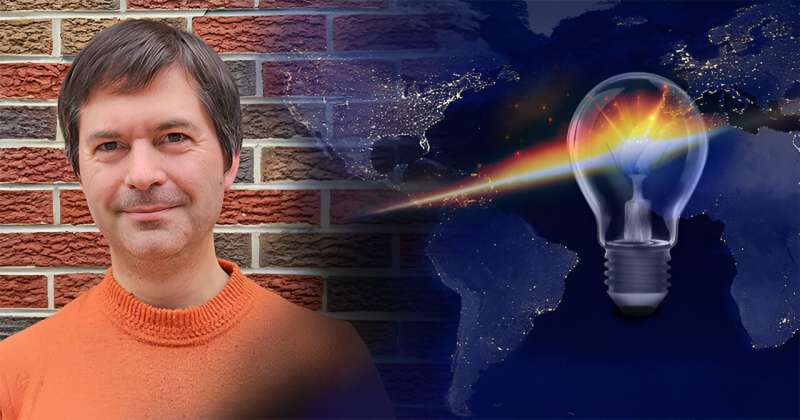This article has been reviewed according to Science X's editorial process and policies. Editors have highlighted the following attributes while ensuring the content's credibility:
fact-checked
peer-reviewed publication
trusted source
proofread
Study aims to provide middle ground for costs associated with reducing greenhouse gas emissions

As the world gradually transitions to making meaningful reductions in greenhouse gas emissions, one of the most crucial questions that needs to be answered is how much that change is going to cost.
The United Nations Intergovernmental Panel on Climate Change (IPCC) has put out reports on this potential cost that showed global greenhouse gas emissions can be reduced by at least half in 2030 at a cost of less than $100 per ton of CO2 equivalent.
A new study from the University of Delaware, Yale University and Columbia University, however, points out that these estimates do not consider some hidden, underlying frictions that might prevent people from simply adopting a newer, greener technology to replace an older, more familiar one.
The paper was recently published in Science and was written by James Rising, assistant professor in UD's School of Marine Science and Policy; Matthew Kotchen, professor of economics at Yale University; and Gernot Wagner, a climate economist at Columbia Business School.
The researchers focused on the IPCC's headline costs that were reported as mitigation potentials in the Summary for Policymakers of Working Group III in the Sixth Assessment Report.
"The IPCC has three different reports that they put out about every seven years," Rising said. "The third report focuses on mitigation: How we reduce carbon emissions. These reports bring together all the academic work that has happened over the previous seven years. It's an impressive process that they go through but not without its challenges."
Rising said one of the issues with this report is that it mainly looks at the problem of greenhouse gas emissions using end numbers that reflect an engineering and not an economic perspective.
For instance, with regard to something like making the change away from incandescent lights, it might be cheaper to use LED lights, so from an engineer's perspective, there's no reason not to do it. But still, some people might persist in using incandescent lights and the trade-offs go beyond just the cost of the bulb.
"The economists' answer to this problem is that there is no such thing as a free lunch," Rising said. "You can't get something for nothing. If people are not switching to a technology on their own, it is because there must be some extra costs associated with it. It might just be behavioral cost or costs that are built into the supply chain, but somehow, there are frictions. And those are real barriers to people switching over."
Rising said that if those costs can be better understood, it would allow for the development of the realistic estimates that policymakers need when making mitigation decisions.
"On their own, the engineering cost estimates are really informative, but they are not a full reflection of the costs that policymakers need to know," Rising said. "Policymakers need to understand when barriers exist, so that they can step in."
In addition, the models need to account for the fact that the landscape will be changing in significant ways thanks to technology.
"There are broader changes that go with every choice between technologies: Some sectors get bigger and become more prominent, while elsewhere, people will lose their jobs because the technology they were involved in is no longer as significant a part of the economic system," Rising said.
The goal of the paper is to try to have the IPCC reports become more collaborative with regard to the social sciences, which in turn will help the scientists to come up with better overall cost estimates of switching from greenhouse gases. Rising said this has been the case with early IPCC reports, which used economists' input, but it has not been as collaborative in recent IPCC reports.
"To understand the cost of mitigation, the most important place to focus is on these so-called negative costs. It's about these frictions," Rising said. "The comprehensive view that the IPCC aims for needs economists and needs to try to integrate these two views. I think economists have a crucial perspective. To finally eliminate CO2 emissions, we need to create a very different world and getting there requires an understanding of social science, not just technology."
More information: Matthew J. Kotchen et al, The costs of "costless" climate mitigation, Science (2023). DOI: 10.1126/science.adj2453
Journal information: Science
Provided by University of Delaware




















